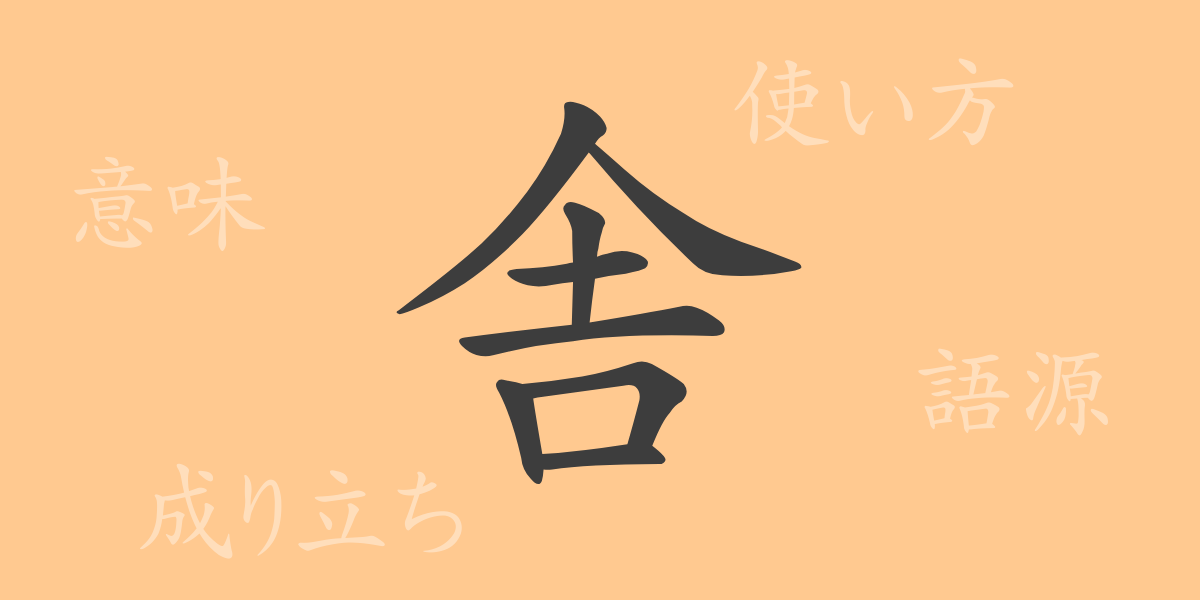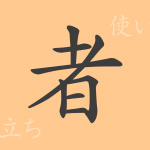Kanji are not just characters; each stroke carries deep history and culture. Among the commonly used kanji in Japan is “舎(しゃ).” This article delves into the charm of “舎(しゃ),” exploring its origins, meanings, usage, and related idioms and proverbs. Let’s embark on a journey to deepen our understanding of Japanese through this kanji.
Origins of 舎(しゃ) (Etymology)
The kanji “舎(しゃ)” originated from ancient Chinese pictographs that represented dwellings. It combines “宀(うかんむり),” symbolizing a roof, and “射(しゃ),” which originally indicated placing livestock underneath. Initially, it referred to a place for housing livestock, but over time, it evolved to denote human residences and facilities. This kanji has gradually incorporated various meanings through its evolution.
Meanings and Uses of 舎(しゃ)
In modern Japanese, “舎(しゃ)” primarily refers to buildings and facilities. Specifically, it is used in terms like school buildings (校舎 こうしゃ), temple lodgings (僧舎 そうしゃ), and cattle sheds (牛舎 ぎゅうしゃ). Additionally, it can metaphorically indicate a place where one resides or feels a sense of belonging. Thus, “舎(しゃ)” fundamentally represents spaces for people or animals to live, as its form suggests.
Readings, Stroke Count, and Radical of 舎(しゃ)
Understanding the basic information about the kanji “舎(しゃ)” can make it feel more familiar.
- Readings: The on’yomi (音読み) is “シャ,” and the kun’yomi (訓読み) includes “やど” and “いえ.”
- Stroke count: It consists of 11 strokes.
- Radical: The radical is “宀(うかんむり).”
Idioms, Phrases, and Proverbs Using 舎(しゃ)
Idioms, phrases, and proverbs containing “舎(しゃ)” enrich Japanese expression. Here are a few examples:
- 「学舎(まなびや)」: A place of learning, meaning a school.
- 「放蕩三昧(ほうとうざんまい)」: Living a life of debauchery, derived from the concept of wasting time in a house.
- 「同舎異室(どうしゃいしつ)」: Living in the same house but in different rooms, used metaphorically to describe having different opinions or interests.
Conclusion on 舎(しゃ)
Through this article, we have explored the meanings, history, and usage of the kanji “舎(しゃ).” It represents not just buildings but also the lives, culture, and sentiments of the people residing in them. The next time you encounter this kanji in daily life, you might recall the rich stories embedded within each character, offering a new appreciation of language.

























